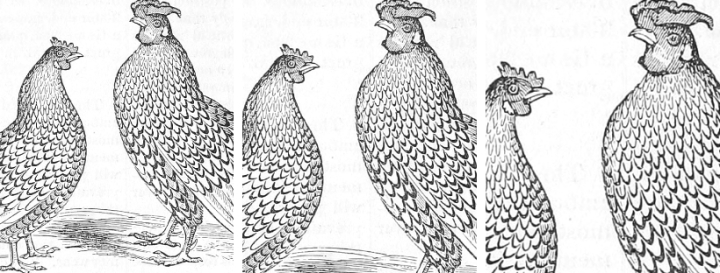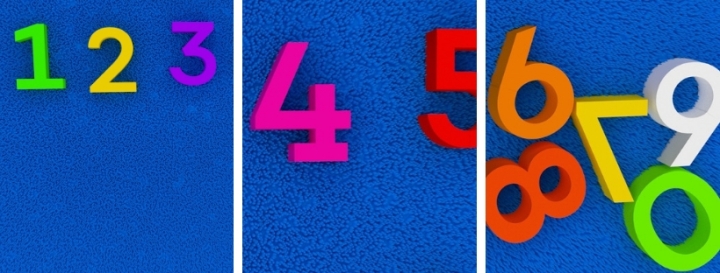A classic
Course books and published materials are full of discussion questions. They’re a chance for learners to react to a listening/reading task, practise new vocabulary or practise speaking fluently. Here’s a typical example from TeachingEnglish (scroll to ‘Discussion’, page 3).
I’ve known teachers to adapt these in all sorts of ways:
- Learner training. Give the learners discussion phrases and get them used to the routine of using these in group discussions.
- Playing hard to get. Scramble the words in each question and ask the learners to reorder them before they answer. The scramblinator is a good tool for this job. Very TEFL-y.
- Random questions. Use some way of randomising the questions to add an element of suspense. Dice corresponding to numbered questions, drawing question cards from a pile, wheeldecide.com etc.
My twist on this classic activity isn’t exactly ground-breaking, but it’s probably one of my most-used free speaking activities. Read More





